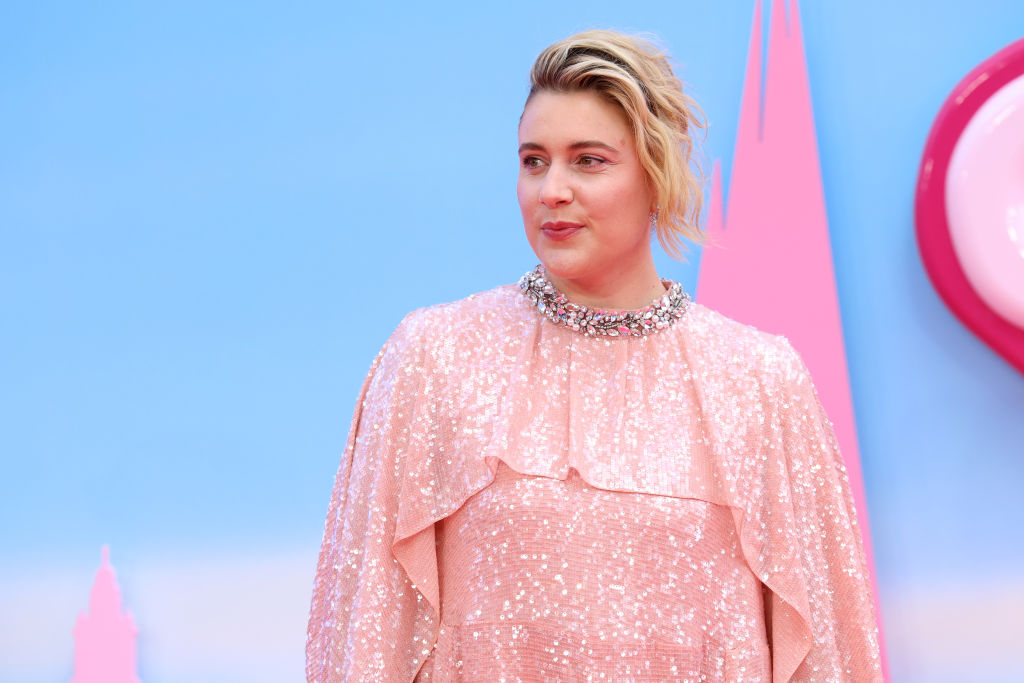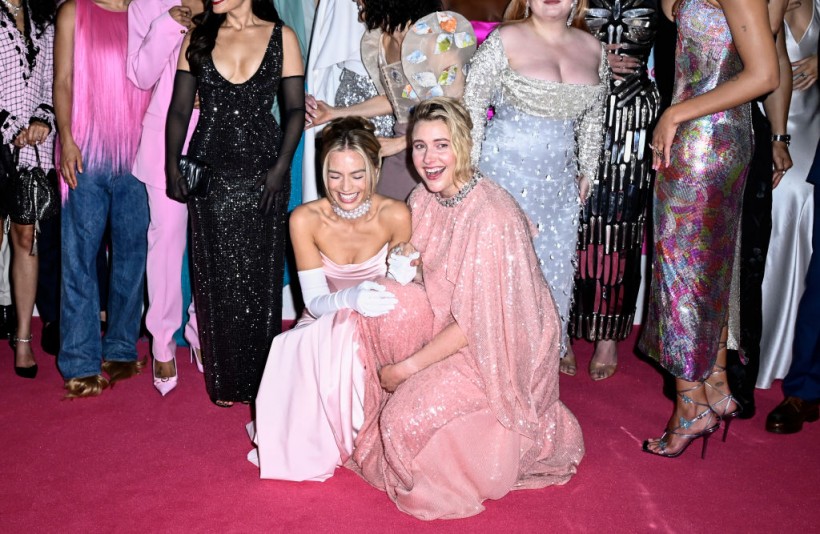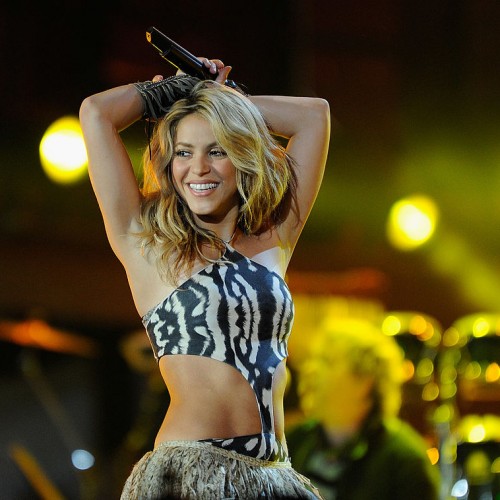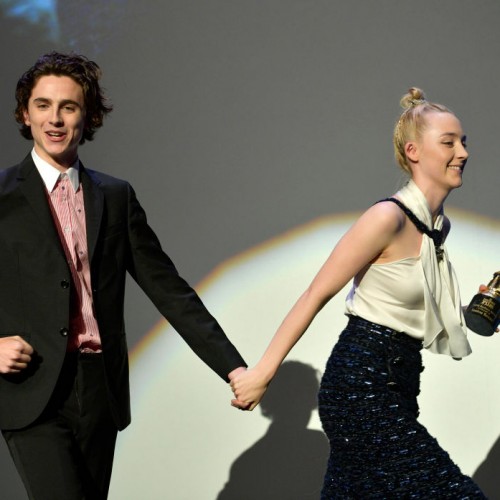It's a Barbie World: Why the Marketing Team for Greta Gerwig's 'Barbie' is the Best Thing Since Barbie!

This is a Barbie world, and we are all just living in it.
After dominating the box offices in a Herculean opening weekend, people still cannot stop talking about Greta Gerwig's Barbie. Margot Robbie had audiences glued to the screen in utter amaze. She was so perfect in the title role, we are contemplating whether the star's entire existence may in fact be something of a Life Size situation. (That is a joke for a niche sector of early-2000s Disney Channel Original Movie fans). Ryan Gosling brought Kenergy to life in a way that we did not know was possible.
While the film itself is an obvious triumph, one of the most astonishing parts of the film has been its ability to bring people back to the theater. From both the rise of streaming services to the pandemic, movie theatres have been struggling for years. Why should someone leave their house and pay an exorbitant amount of money for a movie ticket when they can watch the same movie for far less money from the comfort of their own home. Even movies packed with stars have not seen turnouts that would have been experienced as recently as the 2010s.
But Barbie did it better.
The marketing of the Barbie simultaneously tapped into nostalgia and engaged with modern culture. Much of this can be credited to the memeificiation of the film. From the first moments that Barbie was announced, people were posting edited pictures to Instagram, describing their personal Barbies. Rather than just sharing clips with people on social media, Barbie allowed people to get involved in the social media. When you are involved, you are far more likely to engage in the culture.
Let's talk about the overall involvement. Going to see Barbie was not just like going to see any other movie. It became an experience. Dressing up for the film became a must. It became a hilarious cultural moment that you could not wait to be a part of. Creating a moment out of the movie, drove ticket sales to unprecedented heights for the modern day. This is similar to when the greatest TikTok trend became dressing to the nines to go see Minions: Rise of Gru. However, theaters discouraged the behavior when it came to Minions. For Barbie, it was leaned into every step of the way.

In terms of making the movie an event, Oppenheimer brought people to Barbie that never would have been there otherwise. The release of these two incredible films on the same day gives credence to the idea that no one ever achieves anything alone. In quality, the movies bragged to be of similar status. In content? Not at all. Like, not at all in a hilarious way that the world took note of. Again, the marketing team of Barbie managed to lean into this divide, doubling down on the moment they were already creating.
Barbie lived not only on the screen but in real life. From listening the the album on repeat to taking to the streets in our favorite pinks, the Barbie movie has made an exceptional impact on culture as we see it today: much in the way the doll itself has impacted culture since her magnificent release. Whenever Barbie gets involved, the world pays attention.
Finally, Barbie has one thing that cannot be replaced: nostalgia. Everyone knows Barbie. Everyone for generations has played with Barbie. She is a symbol of something different to everyone, but the nostalgic curiosity that she invites is powerful. Perfectly utilizing the power of nostalgia and modern meme culture, Barbie has skyrocketed to a level of success that can only be described as sensational. (And of course, the movie is great too!)








